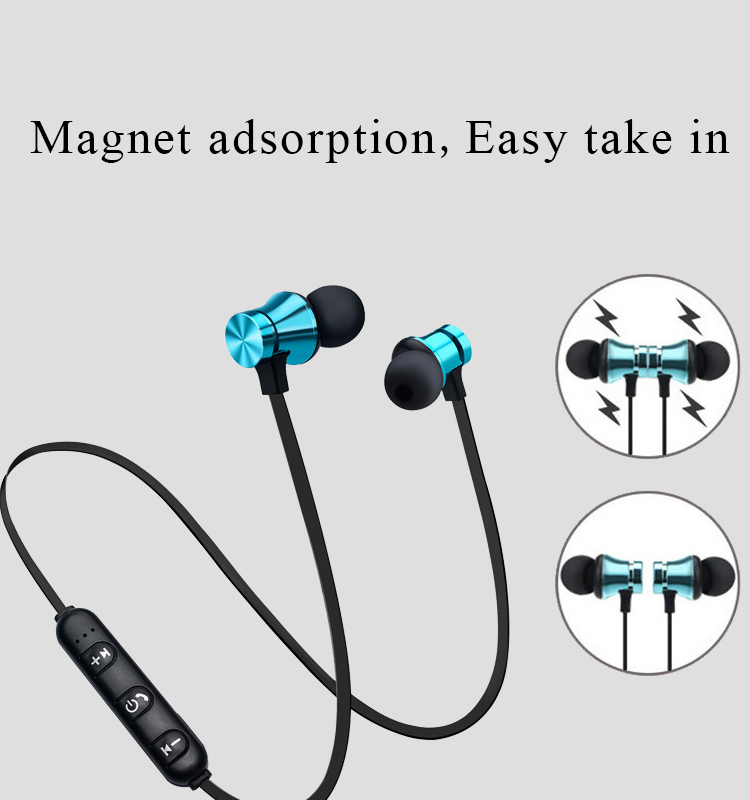Service robot deeply develops industrial chain and gradually differentiates
The concept of the machine-to-human relationship and the evolution of robots stem from the fact that, throughout technological advancement, human functions have been gradually replaced or enhanced by machines. In the journey of industrialization, the human hand was among the first to be substituted. The creation of mechanical tools marked the beginning of extending and strengthening manual capabilities. From there, technologies such as machine vision, sensors, and other innovations emerged, significantly boosting productivity.
A visual representation of this transformation can be seen in the instrumentalization of manpower, as illustrated below:
[Image: Instrumentalization of manpower]
The transition from static machines to mobile robots was a major breakthrough. With the invention of automatic guided vehicles (AGVs), machines could move autonomously within limited spaces. Scientists and engineers began referring to these machines as autonomous mobile platforms, marking the birth of modern robotics. In 1959, Unimation developed the first true robotic arm, which was later called an industrial robot. By 1961, the world's first industrial robot was installed on a General Motors production line, revolutionizing manufacturing.
[Image: Unimation’s world’s first industrial robot]
The shift from machines to robots wasn't just about technical advancements—it required acceptance by society and industry. Only when a machine could mimic human functions and gain recognition could it truly be called a robot.
In 2006, the Hinton team introduced "deep learning," leading to significant improvements in image and speech recognition. This breakthrough sparked the third wave of artificial intelligence, accelerating the development of intelligent robots. Today, many service robots are making their mark online, appearing in news stories and public events.
Pepper, a humanoid robot developed by SoftBank, is one such example. It can perceive its environment, respond emotionally, and engage in conversation using speech recognition, motion control, and emotion analysis. Pepper can detect smiles, frowns, and tone variations, identifying basic emotions like joy, sadness, anger, and surprise.
[Image: Robot Pepper]
Pepper's structure includes modules for system operations, power, display, wireless communication, and voice. Its sensor-based design allows it to interact with users through movement and expression.
Sophia, created by Hanson Robotics, is another notable robot. It features bionic skin capable of 62 facial expressions and uses AI and Google's speech recognition to understand and remember interactions. In 2017, Sophia became the first robot to receive citizenship from Saudi Arabia.
[Image: Robot Sophia]
While Sophia excels in facial expressions and smart responses, Pepper offers greater mobility and longer battery life. Each robot has its own strengths, with Pepper focusing on emotional interaction and Sophia on expressive communication.
Service robots like Pepper and Sofia are now widely used in places such as hotels, banks, and government offices, offering assistance with tasks like guidance, customer service, and information dissemination.
[Image: Cloud technology commercial service robot “Runâ€]
Take Yunrun Technology’s “Run,†a hotel service robot designed for room delivery, navigation, and information sharing. It supports dialogue, automatic guidance, and even connects with elevators for seamless operation.
Whether it's Pepper, Sophia, or Run, the development of service robots involves various functional modules—such as operating systems, voice, vision, and navigation. Companies often specialize in specific components, like emotion recognition, expressions, or tailored solutions for particular industries.
As the service robot industry matures, the industrial chain will likely become more segmented. We may see specialized providers for power management, mobility, AI, and more. For example, Foxconn produces Pepper, while Sophia integrates Google's voice technology, showing how the industry is already evolving.
Initially, companies had to develop all functions internally. However, as the industry grows, those who focus on specific segments will gain a competitive edge. As service robots become more widespread, the future of the industry looks promising, driven by collaboration and specialization across the supply chain.
Wired headphones
Wired headphones have a plug-and-play setup. Simply plug it into your audio device and it can play your audio right away. With them, you don't run the risk of any unwelcome wireless interferences and pairing issues. Considering these factors, they're undeniably more user-friendly than wireless ones.

Wired Earphones,Best Neckband Under 1500,Best Earbuds Under 2000,Best Neckband Under 2000
Pogo Technology International Ltd , https://www.wisesir.net